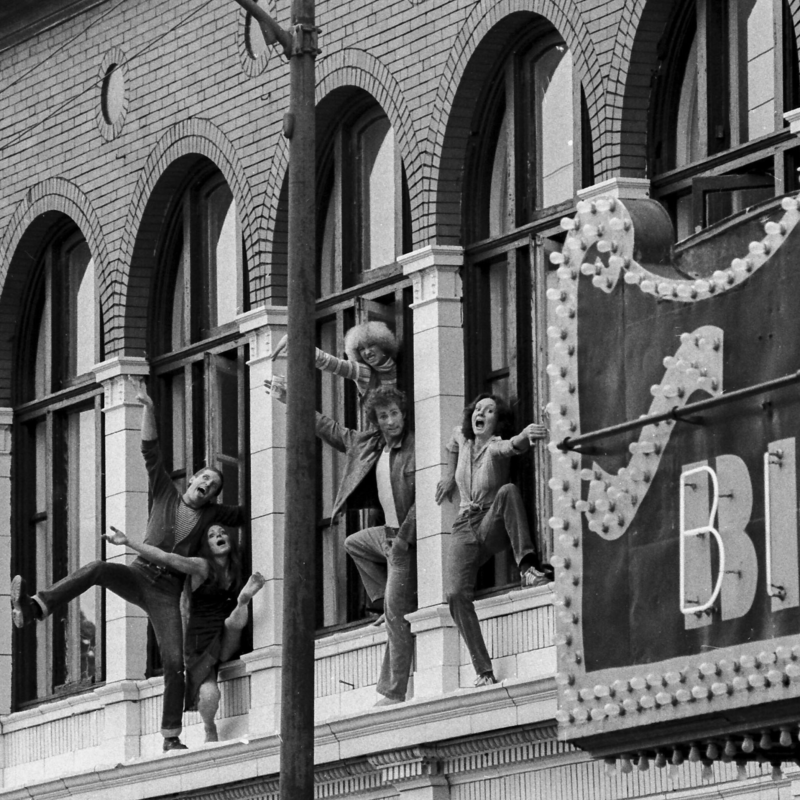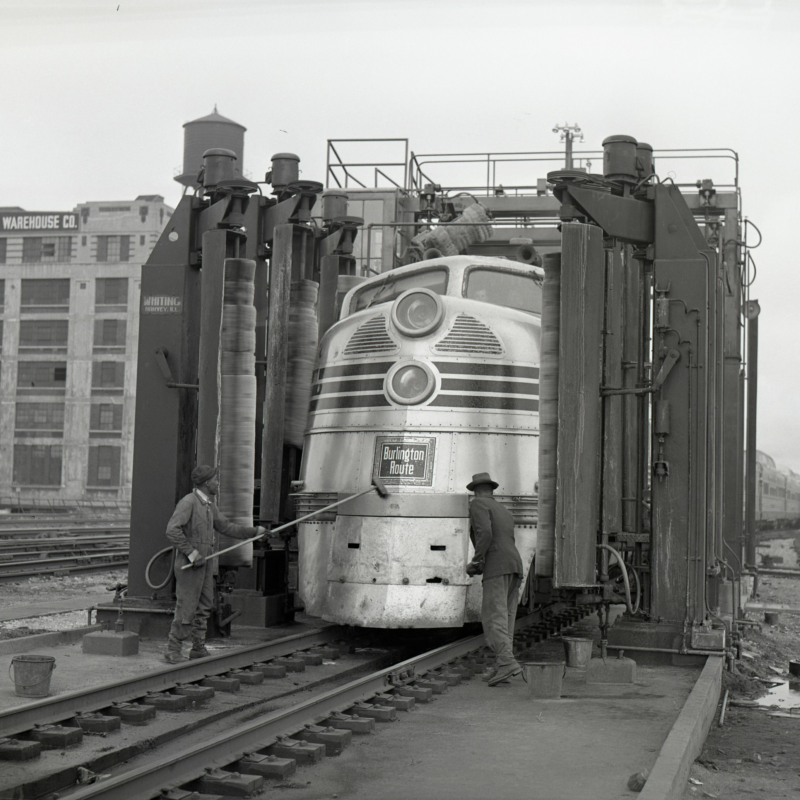Chicago and the Midwest
The Newberry is a hub for researching the past and present of Chicago and the Midwest. A range of materials document the people and institutions that have shaped the city and the region.
Carte des cinq Grands Lacs du Canada, 1764. Call number: Smith map2F G3310 1764.B4
What You Can Research
Primary sources like letters and diaries provide first-hand accounts of major events in Chicago history, from the Great Chicago Fire of 1871 to the Democratic National Convention of 1968. Combined with secondary sources, these materials can help researchers chart the evolution of Chicago’s politics, arts, and culture.
Books, maps, and government documents chronicle the early history and founding of Chicago. Other items in the Newberry collection relate to the Native peoples who have lived in the region since time immemorial. Highlights include a 1692 fur trade contract that has one of the first references to “Chicago” in writing, as well as John Mason Peck’s 1831 guidebook for settlers hoping to immigrate to the region.
Held in 1893, the World’s Columbian Exposition helped establish Chicago as a global metropolis just two decades after the Great Fire of 1871 destroyed so much of the city. Official maps, souvenirs, and ephemera from the world’s fair show how city leaders wanted visitors to perceive and experience the event. Letters and diaries make up the unofficial record, preserving visitors’ real-time reactions to the exhibits and attractions inside the fairgrounds.
By 1920, Chicago had become an incubator of literary talent. The city helped shape the work of writers such as Theodore Dreiser, Carl Sandburg, and Sherwood Anderson. Literary manuscripts, notes, and letters from these writers—as well as works from other writers influenced by the Midwest—can be found in the Newberry’s archival collections. The Newberry holds the personal papers of other writers from the modernist era as well as from later periods of the 20th century up through the present. These collections include the papers of journalist, playwright, and screenwriter Ben Hecht; cartoonist John T. McCutcheon; and author Sara Paretsky.
Home of the collection of dance journalist Ann Barzel, the Newberry is a center for studying the history of dancing and choreography in Chicago and the Midwest. The Ann Barzel Dance Research Collection consists of Barzel’s own writing and photography as well as the copious materials she collected while researching Chicago dance. The Newberry’s dance collections also include the archives of dancers and dance companies ranging from Ruth Page and Sybil Shearer to Hubbard Street Dance Chicago and MoMing Dance and Arts Center.
Notable among the railroad collections at the Newberry are the business archives of the Pullman Company. Spanning the years 1867 to 1981, the Pullman archives include technical drawings of the company’s train cars, information on manufacturing, promotional materials, and employment records for porters, maids, conductors, and others who worked for the company. The Newberry also holds the archives of the Illinois Central and the Chicago, Burlington & Quincy Railroad, as well as other materials on midwestern railroads.
The Newberry has been collecting genealogy and local history materials since our founding in 1887. With city directories, church and synagogue records, phonebooks, cemetery records, censuses, and newspapers like the Chicago Daily News, Chicago Tribune, and Chicago Defender, our collections (and amazing reference staff) can help you research your family history in the area.
Research Guides
Learn more about our collections related to Chicago and the Midwest.

Digital Resources
Free online research and educational tools inspired by our collections.

Learn More
Have a Question?
Ask a Librarian
Our reference librarians are here to help you get the most out of your research.